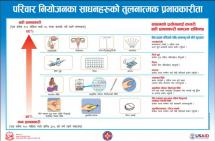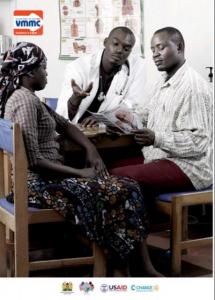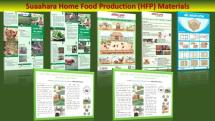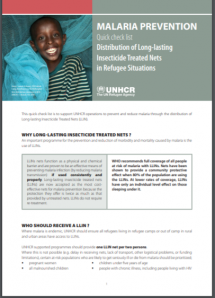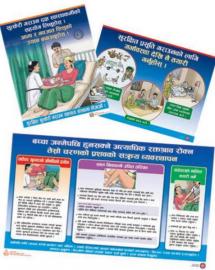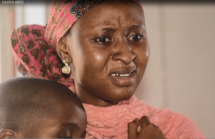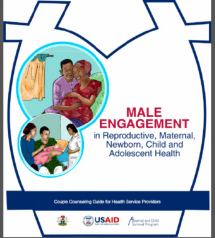FP Method Comparative Effectiveness Flex and Guideline
The Nepal Family Health Program (NFHP-I) was a six-year (2002-2007) bilateral activity of United States Agency for International Development, Nepal (USAID/N) with the Government of Nepal. Its overall goal was to support the Government’s long-term goal of reducing fertility and under-five mortality within the context of the National Health Policy and Second Long-Term Health Plan 1997-2017.
This client-focused job aid/wallchart on Comparative Effectiveness of Family Planning Contraceptive Methods and its accompanying use guideline were produced and disseminated in all Core Program District (CPDs) health facilities of NFHP. They were used by community health workers during FP counseling and service to make their work more effective.
In the chart, all the contraceptive method pictures are indicated based on its effectiveness and included are some important reminders for the counselor to relay to the clients during the session. The wall chart to be hanged or posted on the wall where community health worker can easily see it and ute it during FP counseling.
Source: Johns Hopkins Bloomberg School of Public Health/ Center for Communication Programs
Date of Publication: December 11, 2019
SIMILIAR RESOURCES
Tools
Examples
- Family Planning Counselling Kit
- Men's Reproductive Health Curriculum
- Suaahara Training Guidelines and Participant Handbooks
- Innovation Brief: Engaging Influencers and Non-Traditional Actors in Participatory Processes for Family Planning Program Design
- Innovation Brief: Breaking Down Barriers to Family Planning Access by Engaging Agents of Change
- Training Resource for Male Condoms
- Comprehensive Condom Programming A guide for resource mobilization and country programming
- GESI Toolkit
- Community Communication MNCH e-Manual: Participatory Health Promotion Sessions
- How to Create Successful Vasectomy Programs

